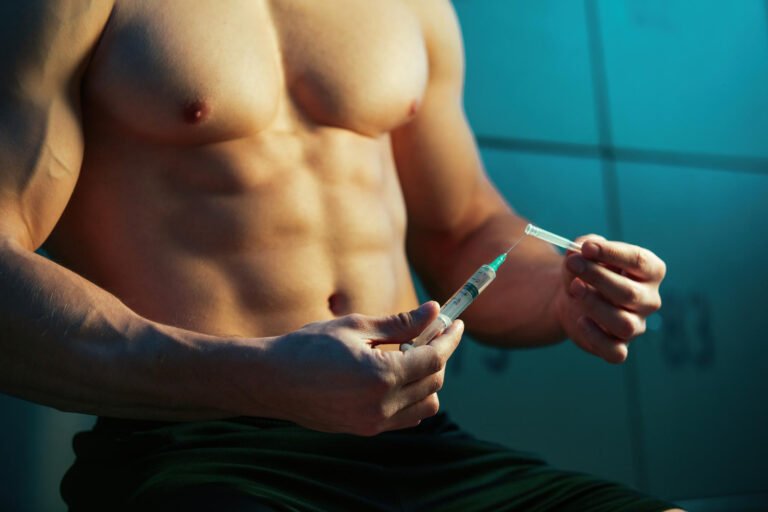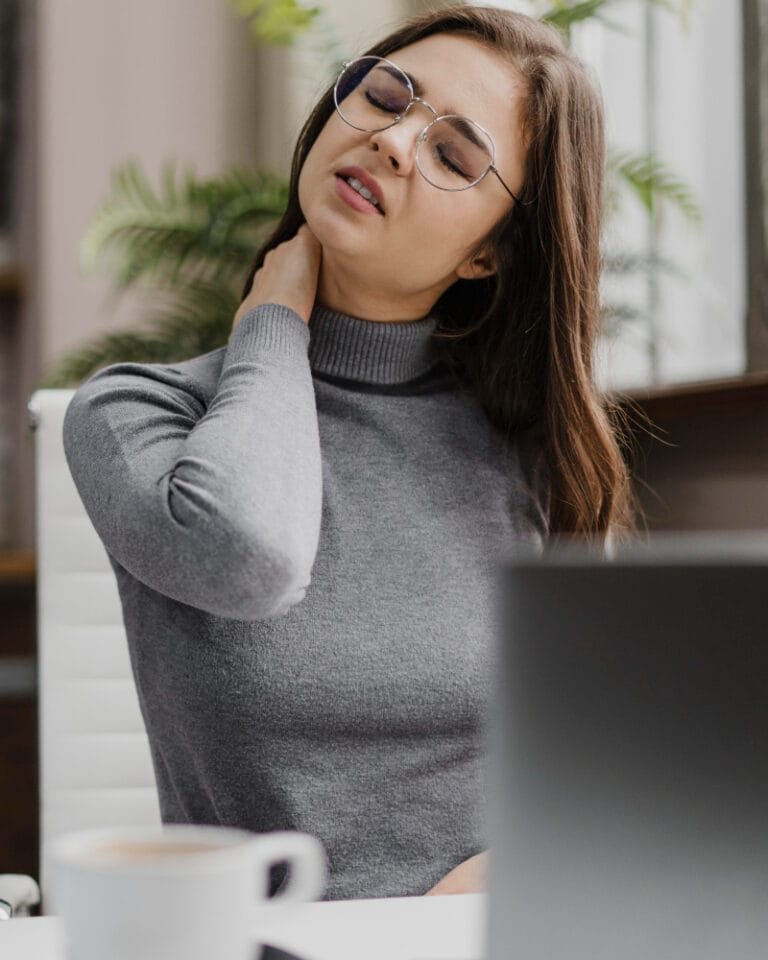FREE SHIPPING OVER $50
The Muscles That Actually Make You Look Strong (and the Ones That Don’t)
When you step into a gym or glance at fitness influencers, it might feel like every muscle is equally important for looking strong. Spoiler: that’s not the case. If your goal is to appear strong (and feel the part), it’s all about prioritizing the right muscles. Some muscles scream power, while others quietly do their job without stealing the spotlight. Let’s break it down.
What Does It Mean to “Look Strong”?

Looking strong isn’t just about bulk; it’s about symmetry, definition, and the impression of power. Think of classic athletes or even superheroes—their physiques are balanced, with specific muscles commanding attention. This “strong” look comes down to a few key factors:
- Broad shoulders and a tapered waist (hello, V-shape!).
- Defined arms and legs that don’t look out of proportion.
- Good posture that exudes confidence and capability.
So, which muscles should you prioritize for this look?
Muscles That Make You Look Strong
1. Shoulders (Deltoids)
Strong, well-rounded shoulders are the cornerstone of looking powerful. They create the coveted V-shape by broadening your upper body, which instantly catches the eye.
- Why they matter: Wide shoulders balance out your proportions and give you that “superhero” aesthetic.
- How to train them: Focus on exercises like overhead presses, lateral raises, and face pulls to hit all three deltoid heads (front, side, and rear).
2. Upper Back (Trapezius and Rhomboids)
The upper back muscles give you a commanding presence, especially when viewed from behind. The traps, in particular, add thickness and make your neck look less like a pencil.
- Why they matter: They’re essential for that “don’t mess with me” vibe and improve posture, which helps you look confident.
- How to train them: Incorporate rows, shrugs, and pull-ups to develop these muscles.
3. Chest (Pectorals)
A broad, defined chest is one of the most noticeable signs of strength. It enhances your silhouette and works in tandem with your shoulders to project power.
- Why they matter: They create a balanced upper body and make shirts fit like a dream.
- How to train them: Bench presses, push-ups, and chest flyes should be staples in your routine.
4. Arms (Biceps and Triceps)
Let’s face it: big, defined arms turn heads. While biceps get most of the glory, triceps are equally, if not more, important since they make up the bulk of your upper arm.
- Why they matter: Strong arms are a visible sign of fitness and capability.
- How to train them: Use exercises like bicep curls, tricep dips, and close-grip bench presses for balanced development.
5. Quads and Glutes
Your legs matter more than you think when it comes to looking strong. Defined quads and well-developed glutes not only enhance your physique but also add functional strength.
- Why they matter: They prevent the dreaded “chicken legs” look and ground your appearance in athleticism.
- How to train them: Squats, lunges, and deadlifts are your best friends.
Muscles That Don’t Make You Look Strong (But Are Still Important)
Here’s the twist: just because some muscles don’t grab attention doesn’t mean they’re unimportant. These muscles work behind the scenes, keeping you functional, balanced, and injury-free.
1. Core (Abdominals and Obliques)
A six-pack is impressive, but it’s not a make-or-break feature for looking strong. However, a solid core improves posture and stability, indirectly enhancing your overall look.
- Focus on: Planks, Russian twists, and hanging leg raises.
2. Calves
Calves are the underappreciated cousin of leg muscles. While they contribute to athletic performance, they’re often overlooked in the aesthetics department.
- Focus on: Standing calf raises and seated calf raises.
3. Forearms
Forearms are more about grip strength than visual appeal. While they do add some definition, they’re not a priority for looking strong.
- Focus on: Farmer’s carries and wrist curls.
4. Lower Back
Your lower back provides foundational strength for many compound movements but doesn’t make much of a visual impact.
- Focus on: Deadlifts and back extensions.
How to Train Smart for Maximum Impact
If your goal is to look strong, training every muscle equally isn’t the most efficient strategy. Here’s how to focus your efforts:
- Prioritize Compound Movements
Exercises like squats, deadlifts, and bench presses work multiple muscle groups simultaneously, giving you the most bang for your buck. - Focus on Progressive Overload
Consistently challenge your muscles by increasing weight, reps, or intensity over time. This ensures continual growth and improvement. - Don’t Skip Muscle Imbalances
While it’s tempting to ignore less noticeable muscles, doing so can lead to imbalances and injuries. Dedicate at least one session a week to accessory muscles like your forearms and calves. - Maintain Symmetry
Symmetry is key to looking strong. Overdeveloped arms paired with underdeveloped legs or vice versa can throw off your proportions.
Common Mistakes to Avoid
Even with the best intentions, some gym-goers sabotage their progress by making these mistakes:
- Overtraining Arms: Spending hours on curls while neglecting legs and back is a recipe for imbalance.
- Skipping Legs Day: Don’t be that person with a bulky upper body and toothpick legs.
- Neglecting Form: Poor form can lead to injuries and limit your gains.
Nutrition: The Hidden Factor in Looking Strong
Training is only half the equation. To truly look strong, you need to fuel your body with the right nutrients. Prioritize:
- Protein: Essential for muscle growth and repair.
- Healthy Fats: Support hormone production and overall energy levels.
- Carbs: Provide the energy needed for intense workouts.
And don’t forget to stay hydrated!
The Bottom Line
Looking strong isn’t about training every muscle equally—it’s about working smart. Prioritize the muscles that contribute to a powerful, balanced physique while maintaining overall functionality. Whether it’s building boulder shoulders, a broad chest, or powerful legs, the key is consistency, effort, and smart training choices. So, ditch the endless bicep curls and start training like you mean it!
Related Articles
- Why 7 Simple Exercises Are All You Need for Full-Body Strength
- Stop Wasting Time on Calf Raises—These 5 Moves Will Actually Get You Results
- Stop Ignoring Rowing: Here’s Why It’s the Only Workout You Need in 2025
- Farmers Carry Workout Explained: The Simple Move That Builds Serious Muscle
- Forget Sit-Ups—These 5 Moves Will Torch Your Core (And Your Excuses) in 30 Minutes
- Certified Trainer Spills: The Exercise Everyone’s Ignoring (But Totally Shouldn’t Be)







